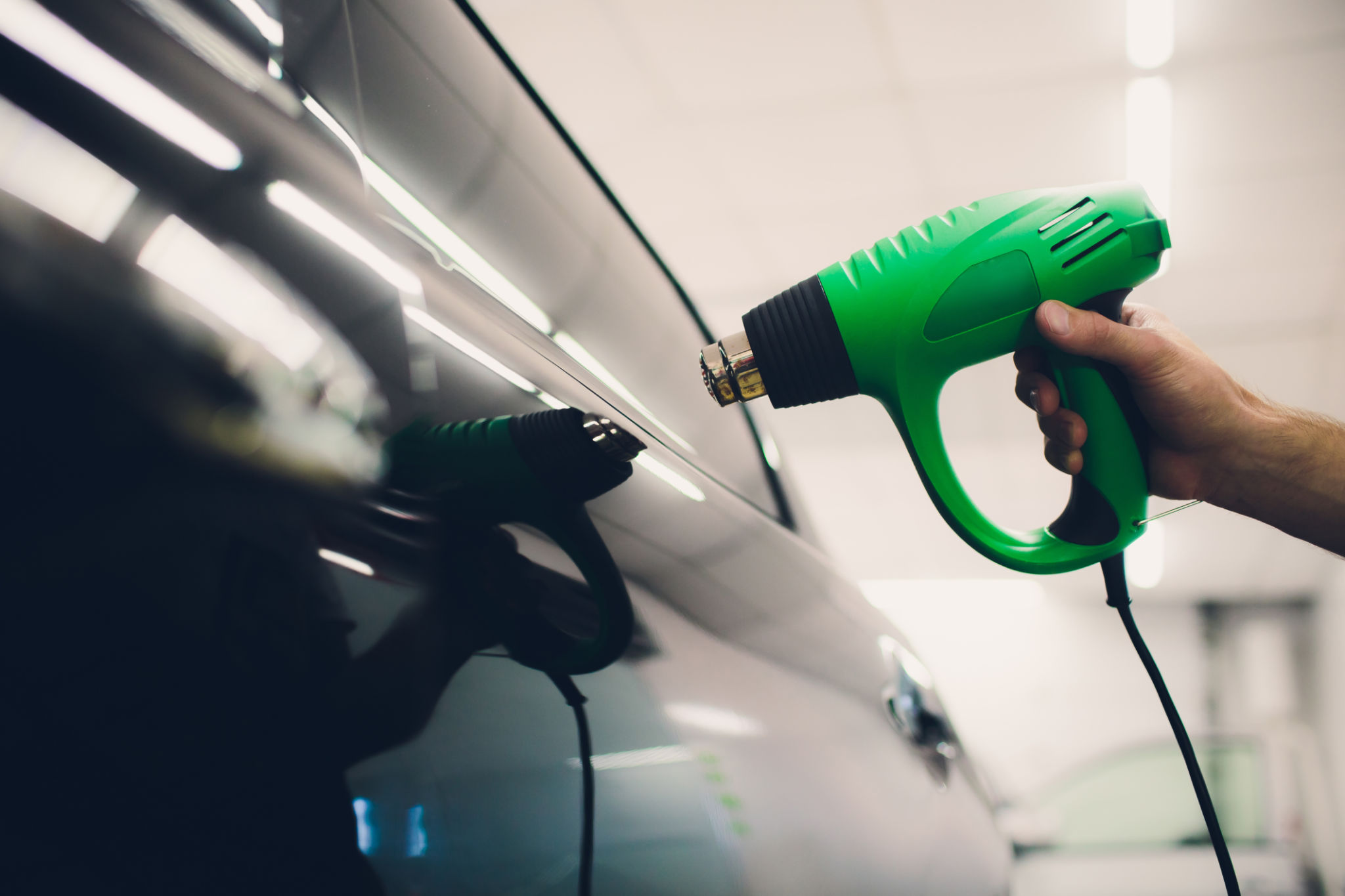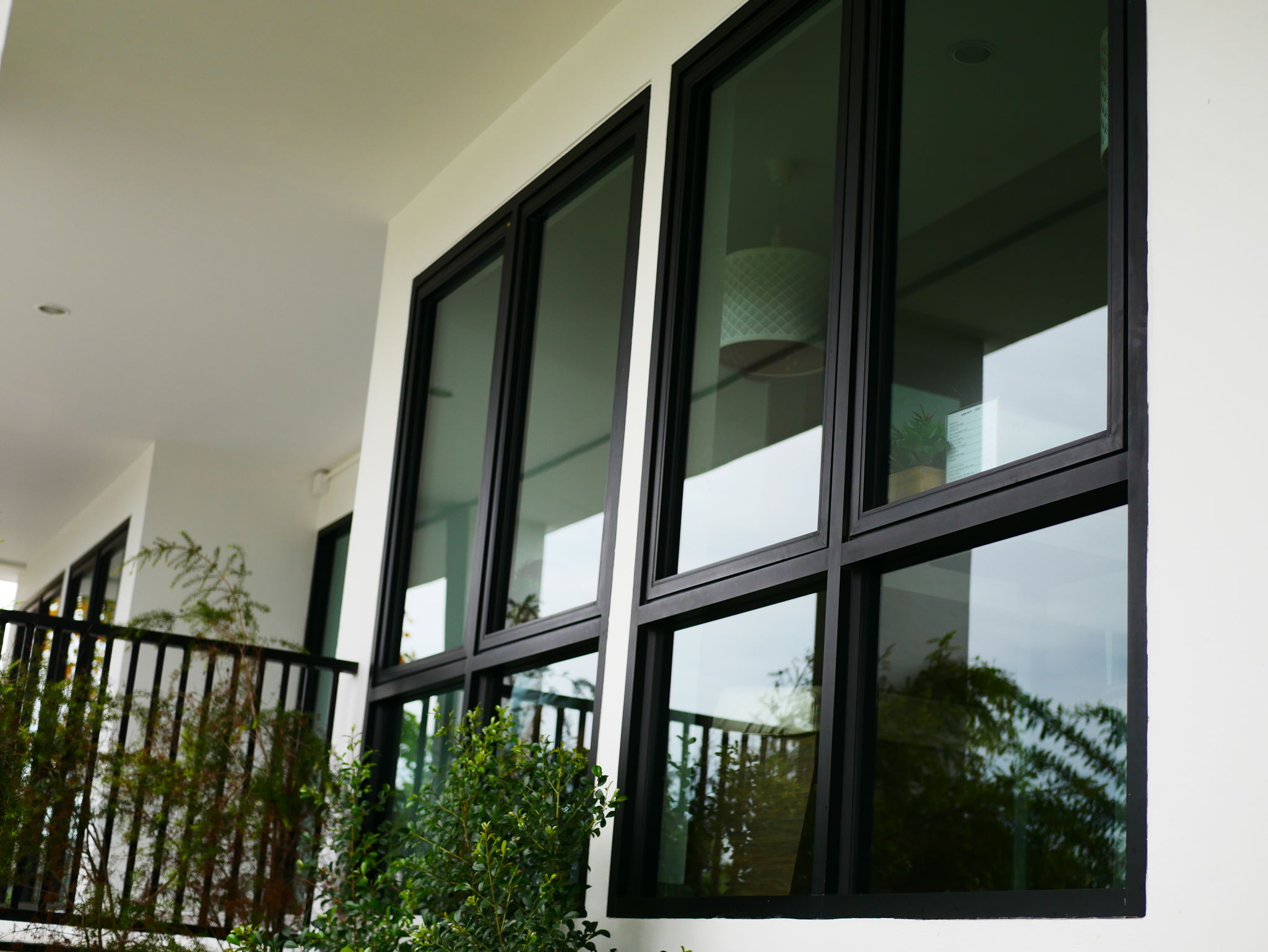Debunking Common Myths About Car Window Tinting
Understanding Car Window Tinting
Car window tinting is a popular modification among vehicle owners, yet it is often surrounded by a number of myths that can cause confusion. Understanding the realities of window tinting can help car owners make informed decisions about this beneficial upgrade. In this post, we'll debunk some of the most common myths associated with car window tinting.

Myth 1: Window Tint Is Just for Aesthetics
A prevalent misconception is that window tinting is purely for aesthetic enhancement. While it undeniably adds a sleek look to any car, window tinting also offers numerous practical benefits. These include reducing glare, blocking harmful UV rays, and keeping your car cooler by minimizing heat build-up.
The Real Benefits of Window Tinting
Besides enhancing the vehicle's appearance, window tinting can significantly improve comfort and protection. By blocking up to 99% of harmful UV rays, it protects both the car's interior and the skin of its occupants. Additionally, tinted windows can help in maintaining a cooler interior temperature, reducing the need for air conditioning and improving fuel efficiency.

Myth 2: Tinted Windows Are Dangerous
Another common belief is that tinted windows are dangerous because they reduce visibility. However, when installed correctly and within legal limits, window tinting can actually improve visibility by reducing glare from the sun and headlights at night. It's crucial to follow local regulations to ensure safety and legality.
Legal Considerations
Each region has its own laws regarding the level of tint allowed on vehicle windows. It's important for car owners to familiarize themselves with these regulations to avoid fines or penalties. Reputable tinting services will ensure compliance with local laws, providing peace of mind for drivers.

Myth 3: Window Tinting Is Expensive
Many people believe that window tinting is an expensive luxury. In reality, the cost of window tinting can vary significantly based on the type of film used and the size of the vehicle. While there is an upfront cost, the long-term benefits—such as protecting the car's interior from sun damage and reducing cooling costs—can make it a cost-effective investment.
Choosing the Right Tint
There are various types of window tints available, each offering different levels of protection and benefits. From dyed film to ceramic tints, car owners can choose based on their specific needs and budget. Consulting with a professional can help in selecting the right type of tint for maximum benefit.

Conclusion
Debunking these myths makes it clear that car window tinting is more than just an aesthetic enhancement. It offers protection from UV rays, improves driving comfort, and can even enhance safety by reducing glare. By understanding the facts about window tinting, car owners can make informed decisions that enhance their driving experience while adhering to legal standards.
